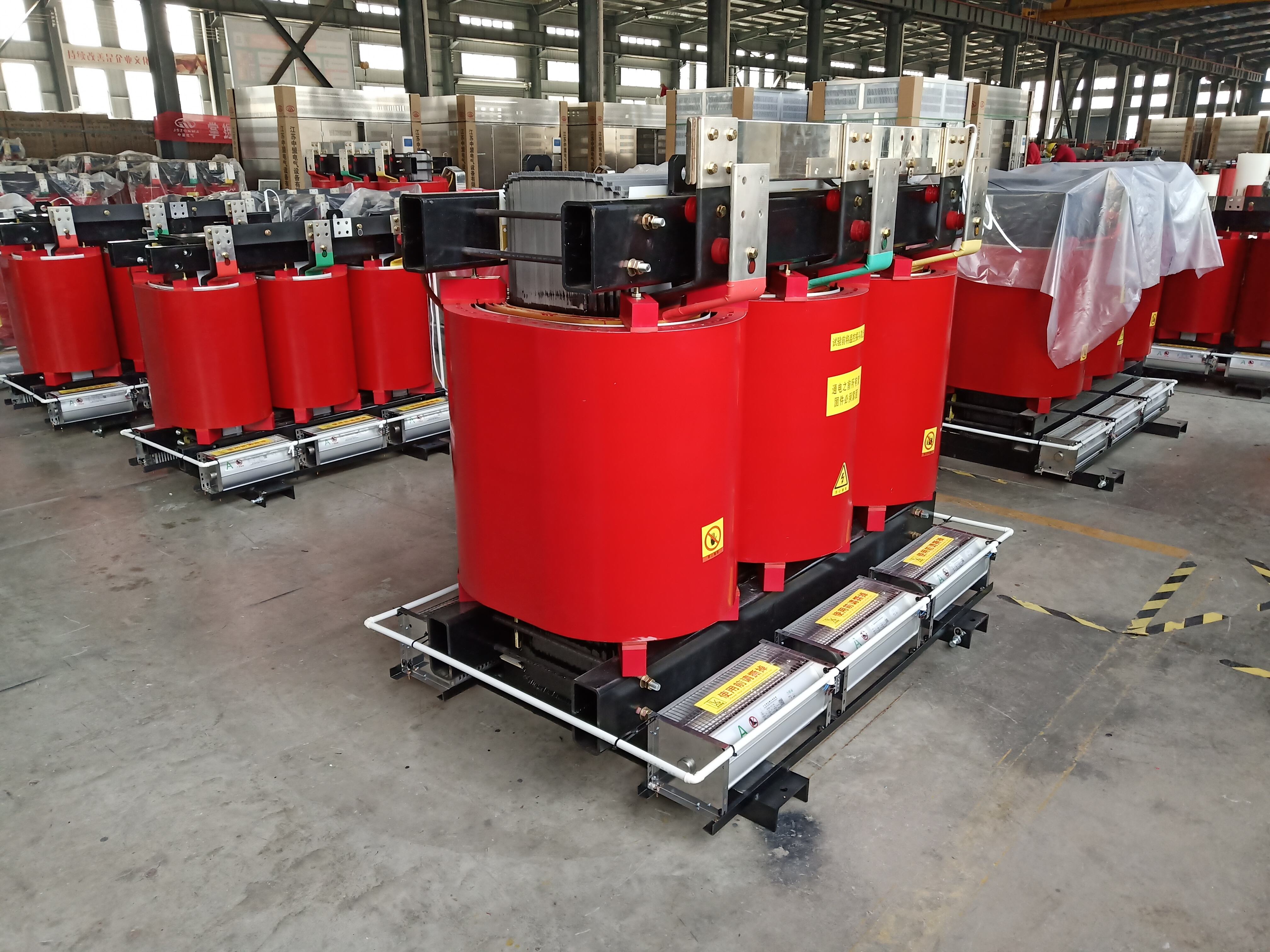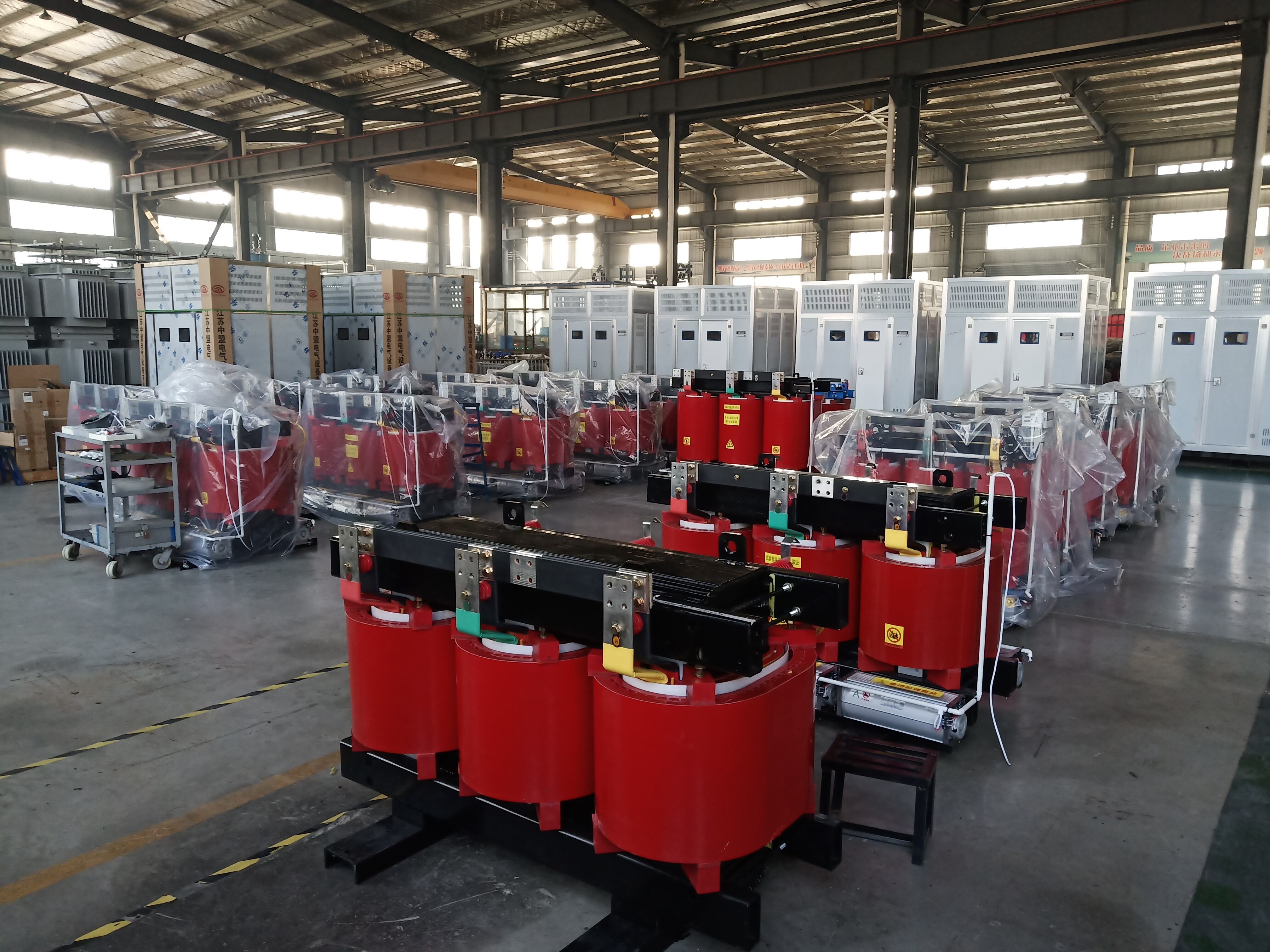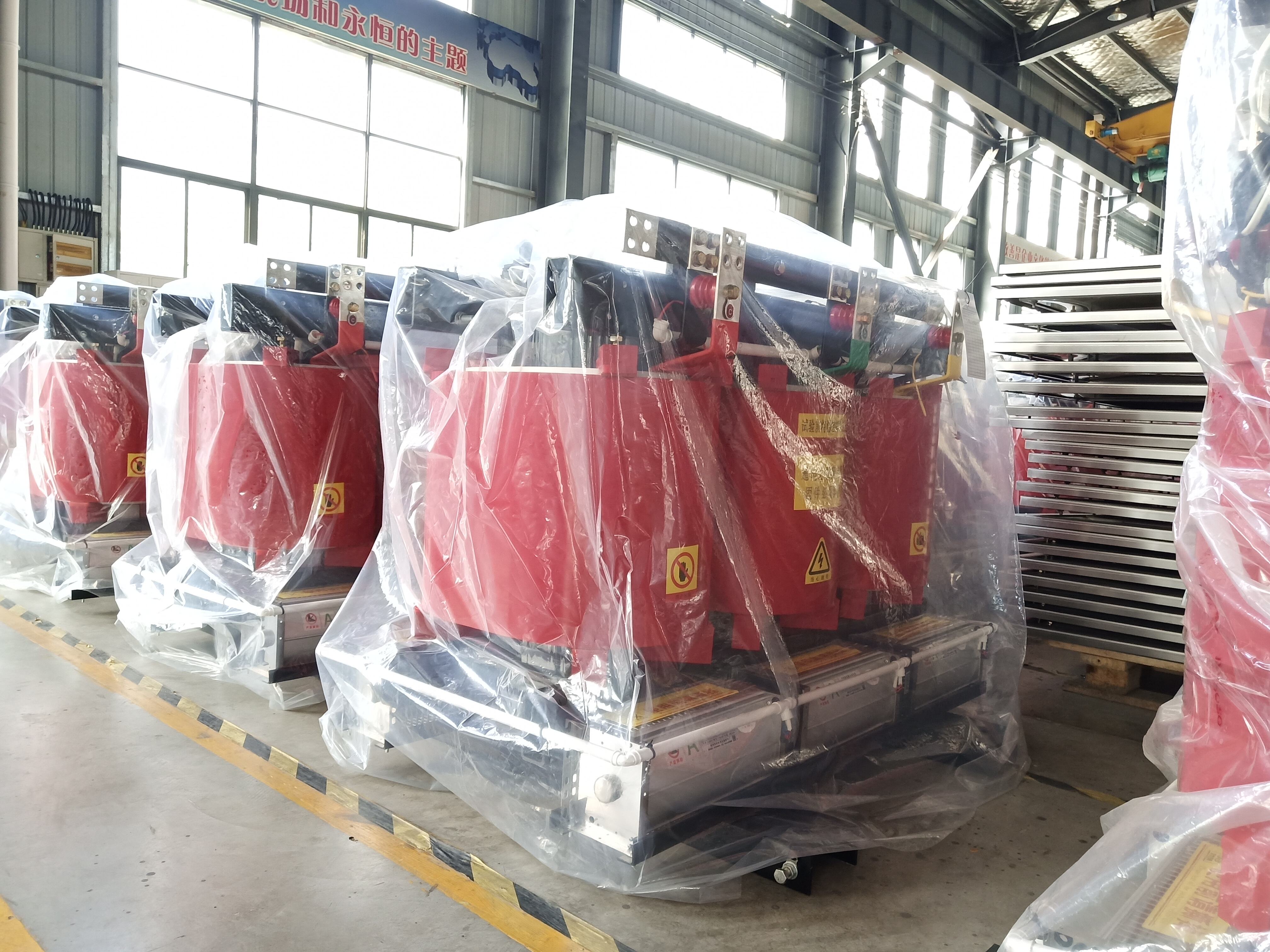unit substation transformer
A unit substation transformer represents a crucial component in power distribution systems, combining the functions of voltage transformation and distribution in a single, compact unit. These specialized transformers are engineered to efficiently convert incoming high voltage power to lower, more usable voltages while providing reliable power distribution for various applications. The transformer's design integrates primary switching equipment, transformer components, and secondary distribution apparatus within a unified enclosure, making it an ideal solution for commercial, industrial, and institutional facilities. Unit substation transformers typically feature advanced cooling systems, sophisticated monitoring capabilities, and built-in protection mechanisms that ensure optimal performance and extended service life. They are particularly valuable in applications requiring significant power capacity, ranging from 500 kVA to 5000 kVA, while maintaining a relatively small footprint. The transformers incorporate modern insulation technologies, including dry-type or liquid-filled options, and are designed to meet stringent safety standards and environmental regulations. Their modular construction facilitates installation, maintenance, and future expansion capabilities, making them a practical choice for growing facilities.


